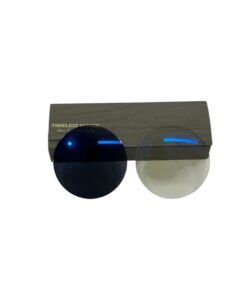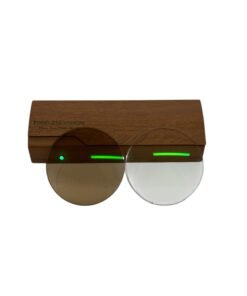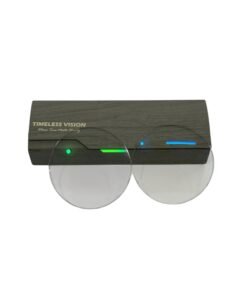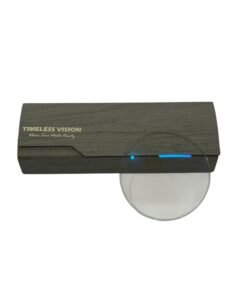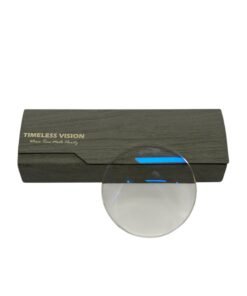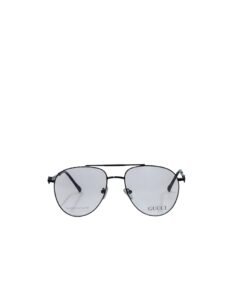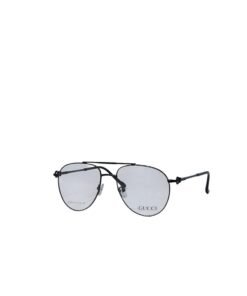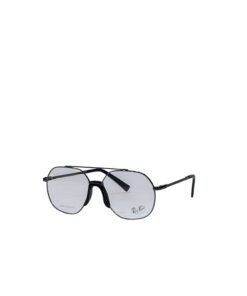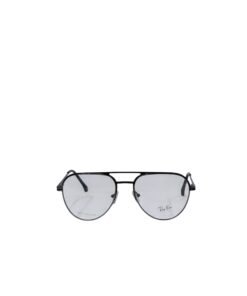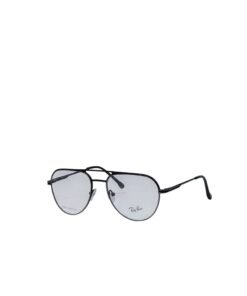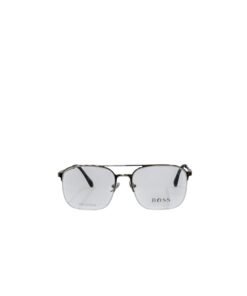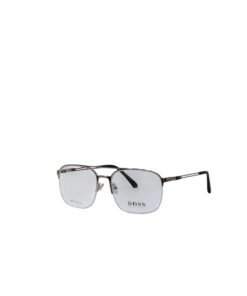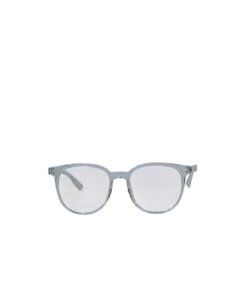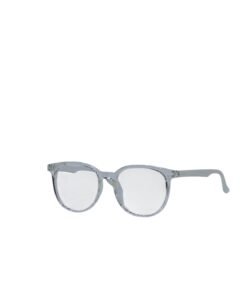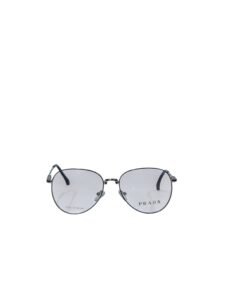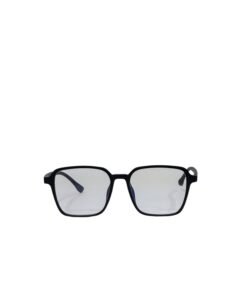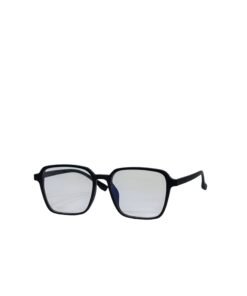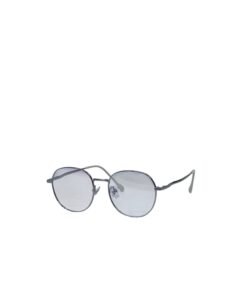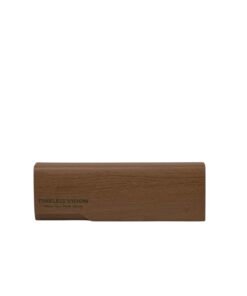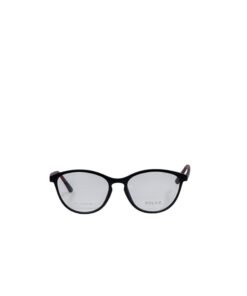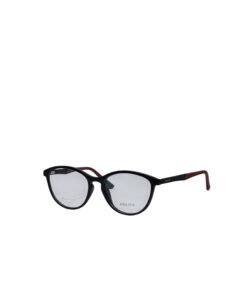Blue Light & Transition Lenses
HOW DOES BLUE LIGHT AFFECT US?
- Blue light exposure may cause eye strain and fatigue
- It can also disrupt sleep by interfering with your circadian rhythm
- Long-term effects of blue light are still being studied
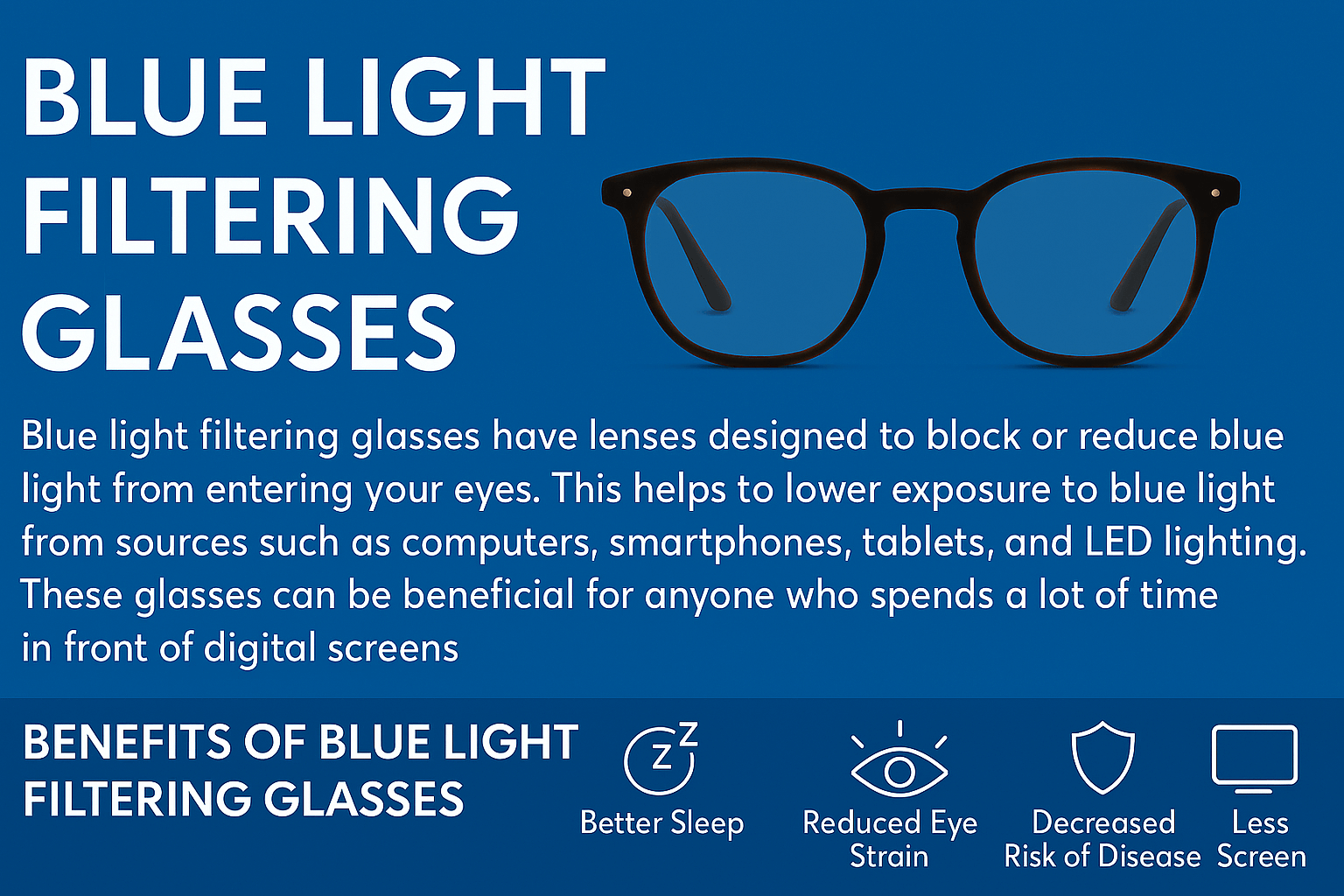
How Do Transition Glasses Work?
Transition lenses contain light-sensitive molecules that react to ultraviolet (UV) exposure. When exposed to UV rays, the molecules darken the lenses to reduce glare and protect against harmful light. In low-light or indoor settings, the molecules return to their clear state. This dynamic response offers vision correction and sun protection in one versatile solution.

Common Questions
Q1. What are blue light & transition lenses?
They’re dual-purpose lenses that protect your eyes from screen glare indoors and UV rays outdoors by darkening in sunlight.
Q2. Who should use them?
They’re perfect for professionals, students, or anyone who frequently moves between screens and outdoor environments.
Q3. Can I get both blue light and transition in one lens?
Yes! These hybrid lenses protect against both screen glare and sunlight, perfect for both indoor and outdoor use.
Q4. Do they look tinted indoors?
No — they stay mostly clear indoors and only darken in response to UV light.
Q5. Are they bulky or heavier?
No, they’re lightweight and look just like regular lenses with added tech built in.
Q6. Can they be combined with bifocal or progressive prescriptions?
Yes, these features can be added to multifocal lenses for added convenience.

